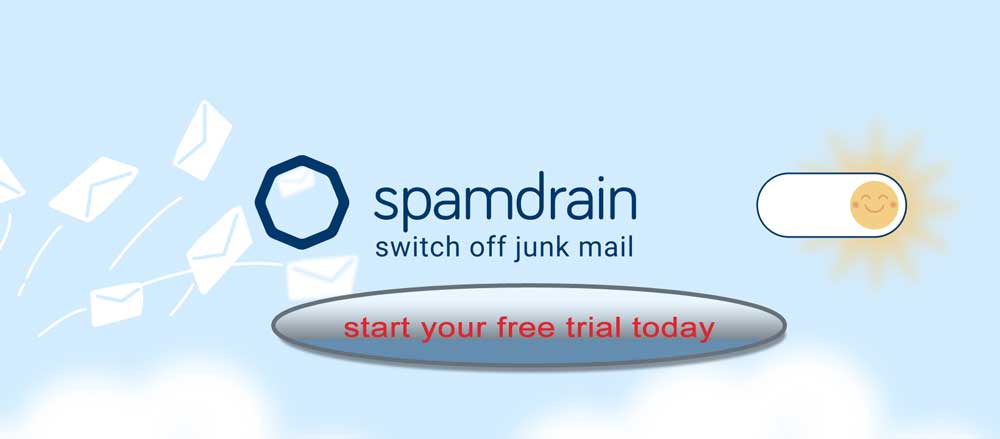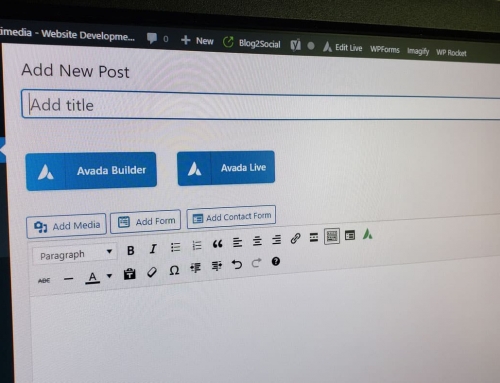Customers expect to see some thought leadership coming from the businesses they patronize, and cultivating a well-designed, helpful business blog can be one avenue for establishing your authority.
Everyone is a blogger these days. While it was inconceivable that your local hardware store would be posting regularly two decades ago, it is now impossible to think it would not be. How else would you know how to refit those loose cabinets?
Creating a business blog is easy. Free and paid templates are plentiful. Set-up is done in minutes. This, however, is just the beginning. Everything on your blog, from layout to fonts to colors to image choices to topic decisions, should be purposefully selected to best support your brand and foster readership and conversions. So, where do you start?
Related: Here’s the Trick to Writing Blog Posts People Genuinely Want to Read
Why does your business need a blog?
First, delineate a set of goals for your business blog. Creating a blog just because it feels like you should is not enough. Blogging can be beneficial to businesses in several ways, and your goals may include the following:
- Improving SEO
- Getting customers to your website
- Producing leads
- Cultivating interest and authority
- Testing new ideas
- Building long-term loyalty
- Creating multi-use content
More than one of these goals may apply to you, or you may be able to name others that fit your business precisely. Narrow your goals to a realistic set, then pick topics that purposefully support those goals.
For example, a business in the legal services industry is less likely to have the goal of direct conversion from a blog than one selling a specific tangible product. Therefore, a law firm’s blogging strategy might drive traffic, increase authority, provide helpful information for those researching lawyers, and foster long-term growth rather than direct client acquisition.

What information should you provide?
Once again, the answer to this question highly depends on your industry and goals. Generally speaking; however, your posts should either solve a common problem your customers have or provide original insights about your field — or both.
REI Co-op’s blog, Uncommon Path, is an excellent example of how topic selection can support a brand’s personality and mission while providing information that is helpful to a wide range of potential customers. Topics like national parks accessibility and the best places to see stars mingle with product reviews and recommendations, providing visitors with a way to find adventure and, of course, the gear to use.
While your business may not have the resources of a giant like REI, your team can put its heads together to create topic inspiration lists like:
- Common problems your customers face
- Common questions your customers ask
- Information not directly related to a product that would interest target audience segments
- Products you can review in your business blog
- People within your industry you can interview
Remember, your business blog is about your customers, not you, except for breaking business news. Plan a realistic topic schedule, and stick to it. If you can only post a couple of times a month, make those posts count. Quantity is not always the winning strategy.
If you have relevant lead generation tools, like ebooks or resource downloads, include calls to action within your posts to maximize effectiveness.
Related: 5 Lucrative Benefits of Publishing Blogs Every Week
Are you publicizing your blog?
Posting regularly will help build out your stock of indexed pages and contribute to internal link-building, both of which provide an SEO boost. However, you must also publicize your posts to get the most out of the time invested in your business blog.
Using social media can help you maximize every piece of content while getting a promotional boost. Blog content can be repurposed into videos or chopped into short infographics to be posted on social accounts. For B2B companies, LinkedIn offers a good platform for sharing links to recent pieces. A set or series of blog entries could also be packaged into an email newsletter or used to create an ebook download, both of which are lead-generation engines.
Always follow best practices when publicizing posts. Spamming and comment hijacking are annoying and potentially harmful to your reputation.
Related: 8 Simple Ways to Make Social Media Work for Your Business
Does design affect conversion and readership?
You have articulated your goals, developed high-value topic lists, and agreed on posting frequency. How should you present all this information to the world?
A blog’s design can affect readership and lead generation. Blog navigation should be straightforward, and visitors should be able to read articles easily. Layouts that are confusing and cluttered or copy that is hard to read will not deliver repeat readers or loyal customers. Be attentive to the following layout elements:
1. Fonts: Research on the most readable fonts is mixed, and there is no hard rule about the best fonts for headlines or body copy. In April, the Nielsen Norman Group published the results of a 2022 study on font readability that confirms this. Beyond its central finding that there is no single correct answer about the best online fonts, it found:
- People read their fastest font, an average of 35% faster than their slowest.
- Fonts that performed best for older readers, those over 35 in this study, differed from the best performers for younger readers. If your designers are under 35 and your target audience is over 35, what is suitable for one is not best for the other and vice versa.
- People are not good at picking their easiest-to-read fonts. Subjects read an average of 14% faster in their preferred font than their preferred font.
Don’t panic; however, readability best practices do still exist, which include:
- Set a minimum font size of 18 points.
- Pay attention to the amount of space between lines of text.
- Establish a text hierarchy between headlines, subheadings, and body copy.
- Use consistent link colors and hover effects.
2. Segmentation: Here, I am referring to content segmentation rather than audience segmentation. On average, a visitor will read about a quarter of the copy on any page. Visitors are scanning, and your job is to make scanning easy. You can do this by:
- Limiting paragraphs to one to three sentences
- Breaking up copy with headlines
- Using bulleted lists and images to support main points
3. Image selection: Image selection matters for several reasons. Consistent, quality images support your brand’s personality and culture and can attract potential customers to your aesthetic. Businesses that use imagery consistently will cultivate a recognizable style in any setting.
Creating a mood board is an excellent way to ensure graphics are used consistently. A mood board is a collection of items, including but not limited to photos, that are representative of your brand’s style. You may also consider creating a list of things explicitly not allowed in blog photo choices. Once you have selected images for your posts, continually optimize them for web use, so they don’t slow your page load times.
Related: 12 Important Image SEO Tips You Need To Know
If you have decided it’s time for you to start a business blog, make an effort to cultivate a blog that enhances and supports your brand. A little time investment can produce outsized results.
Related: How to write a blog post: A step-by-step guide from preparation to publication

Article by Kristen Friend
ENTREPRENEUR LEADERSHIP NETWORK CONTRIBUTOR
Senior Director Of Marketing























Leave A Comment
You must be logged in to post a comment.